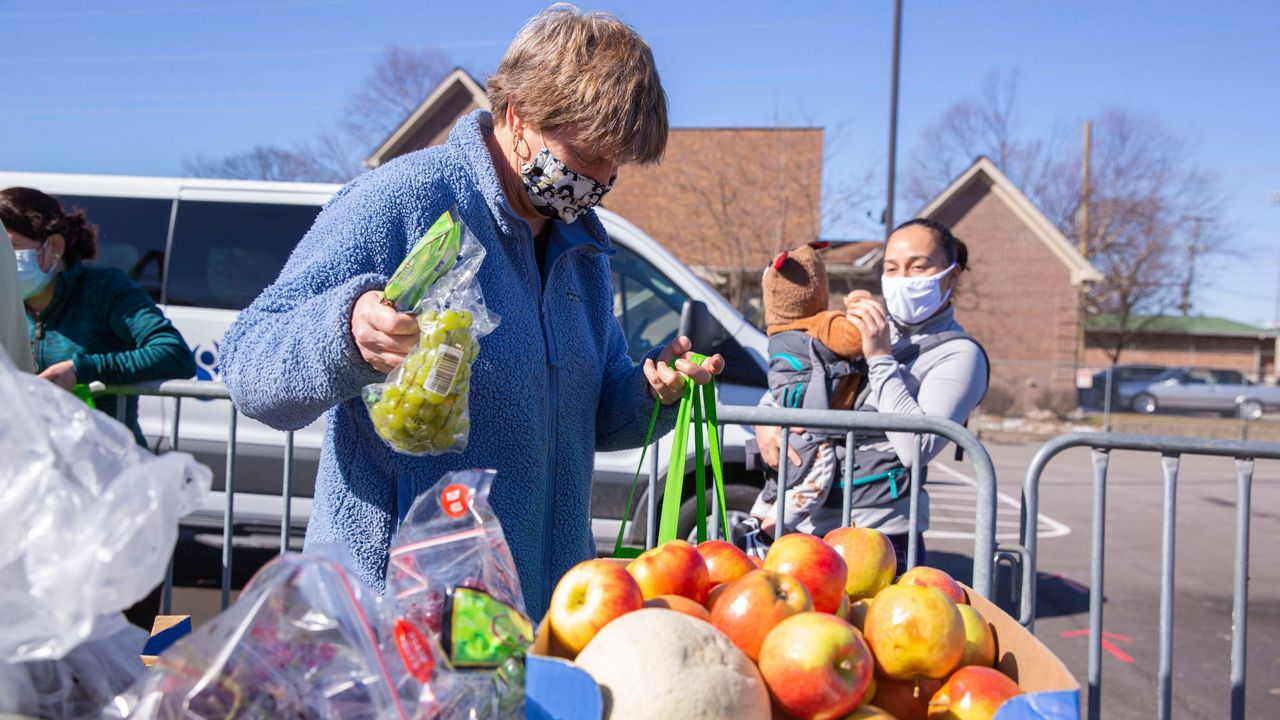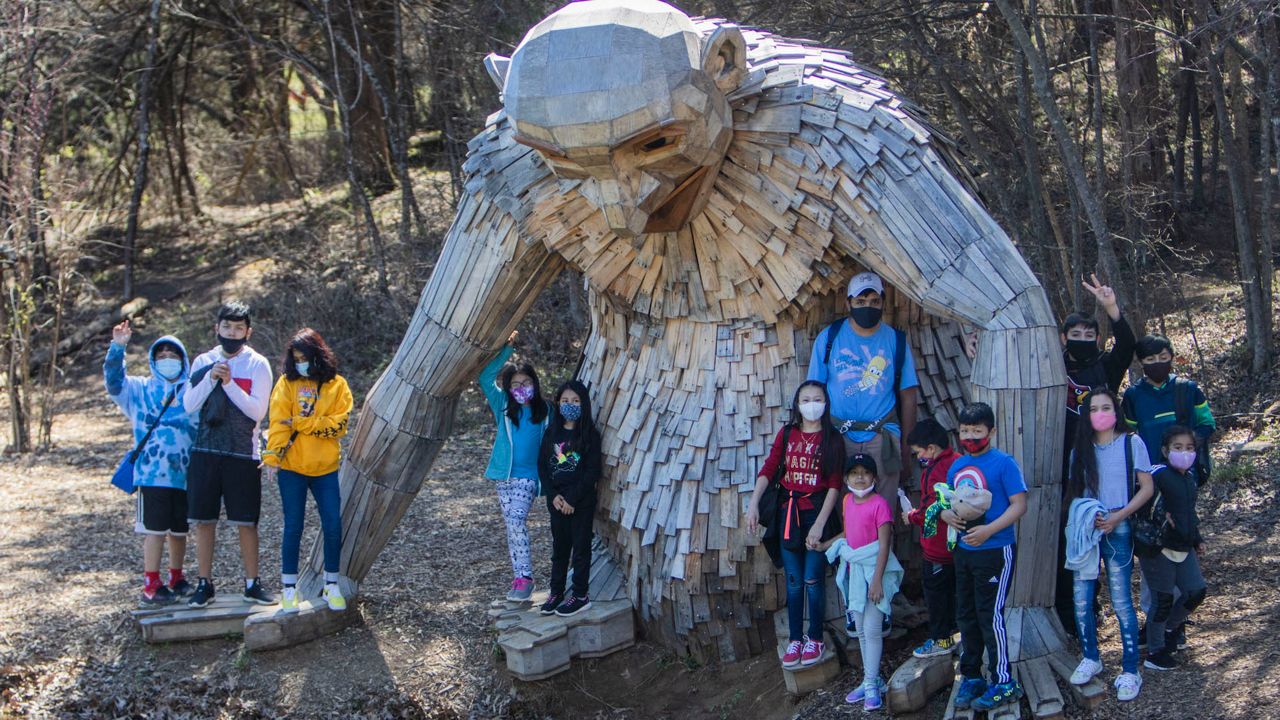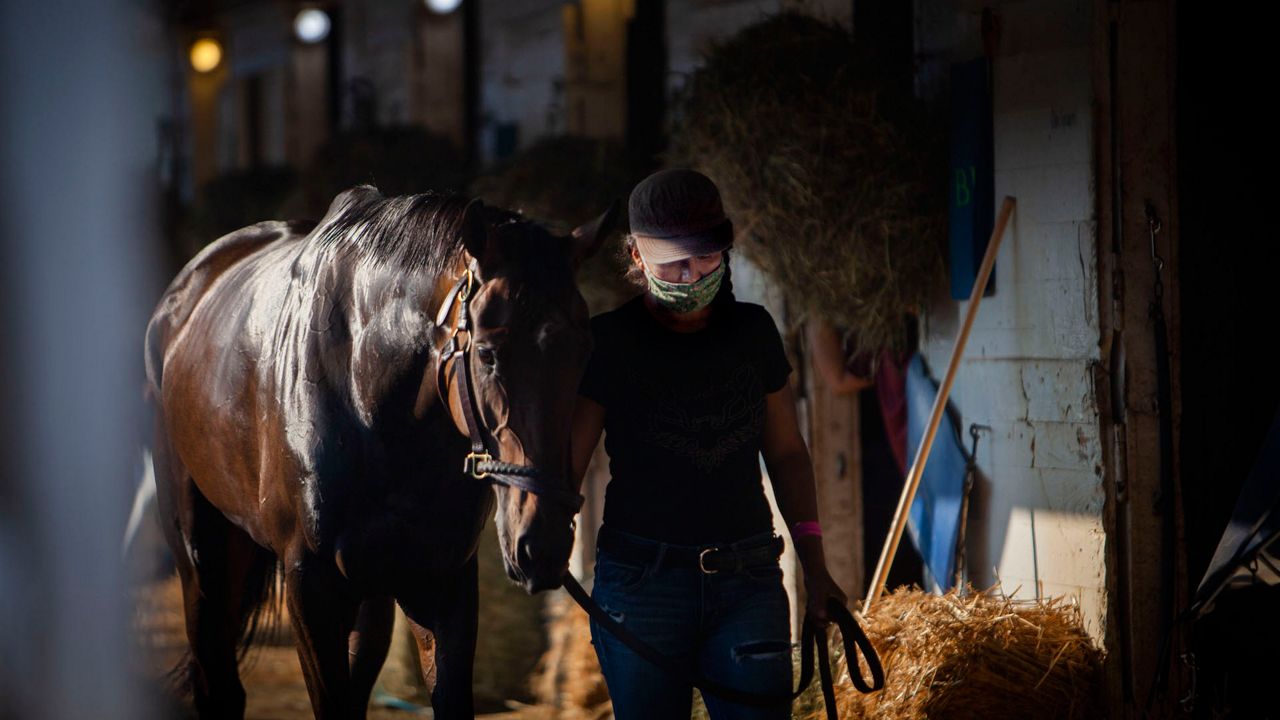LOUISVILLE, Ky. — For nearly everyone at Churchill Downs, the first Saturday in May is the most anticipated day on the calendar. But this year, Sherry Stanley can’t wait for the first Monday in May.
That’s when the Backside Learning Center (BLC), a nonprofit that serves hundreds of workers on the backside of Churchill Downs, will finally reopen its doors to clients.
“It’s just sad when you don't see people,” said Stanley, executive director of the BLC, which shut down in-person services last March as COVID-19 began to spread in Kentucky. "We're kind of locked in our building and we just can't connect.”
In normal times, the BLC serves roughly 1,000 clients who work, and often live, on the backside of the iconic racetrack.
The largely immigrant population performs the unheralded, but essential work required to keep horses healthy, clean and safe when they’re off the track. And in their downtime, the workers take English lessons, play sports, and get help with social services at the BLC.
At least, they did until last March. The timing of the shutdown was particularly bad for many of the workers the BLC serves, some of whom live in Louisville year-round and of whom come here to work during race season.
"They all of a sudden had no job and no income,” Stanley said.

With the help of local donors, the BLC stepped in to meet the daily needs of its clients. It ramped up food distribution efforts, delivering to 100 families a week at peak, and provided direct cash assistance to clients whose immigration status made them ineligible for federal or state support.
“The payments were meant to mirror the first round of stimulus money,” Stanley said. “Our community really stepped up in a big way.”
Backside workers began to return to the job in mid-May, but life was far from normal. The hundreds of workers who live on the backside were required to abide by strict safety protocols and the BLC remained closed.
“People couldn't gather in groups, so they just had to go to work and then, go to their room, which was pretty bad,” Stanley said. “No one was allowed into our buildings, so we couldn't have any in person classes, or any activities, like soccer tournaments.”
The BLC adapted its services in some ways, converting betting windows into walk-up windows for clients and moving its English classes to Facebook Live.

By late summer, as the first day of virtual school approached, a new need materialized. “Very few of our families had personal computers, or home internet,” Stanley said. “We went from true emergency needs to focusing on kids.”
That effort included running a remote learning hub for Jefferson County Public Schools out of a nearby church.
August also saw the creation of a new position at the BLC. A COVID-19 case manager was hired to handle much of the new pandemic-related work, including distributing personal protective equipment and emergency financial assistance, and leading vaccine education efforts.
The BLC, working alongside the Kentucky Racing Health Services Center, which serves backside workers, has encouraged vaccination and helped breakdown barriers as they’ve been erected. When injections of the Johnson & Johnson vaccine were paused due to a rare, but serious side effects, the BLC held information sessions to explain what happened.
A viral news story about a nurse dying after vaccination in Guatemala, the native country of many backside workers, also required some targeted push back. “I've heard a lot of people make reference to that, which hasn't been helpful," Stanley said.
So far, Stanley estimates that roughly half the workers the BLC serves have been vaccinated, with more to come. Those vaccinated workers will soon be invited back into the BLC and things will, for the first time in 13 months, start to look a little more normal. "We're all really, really excited," Stanley said.
